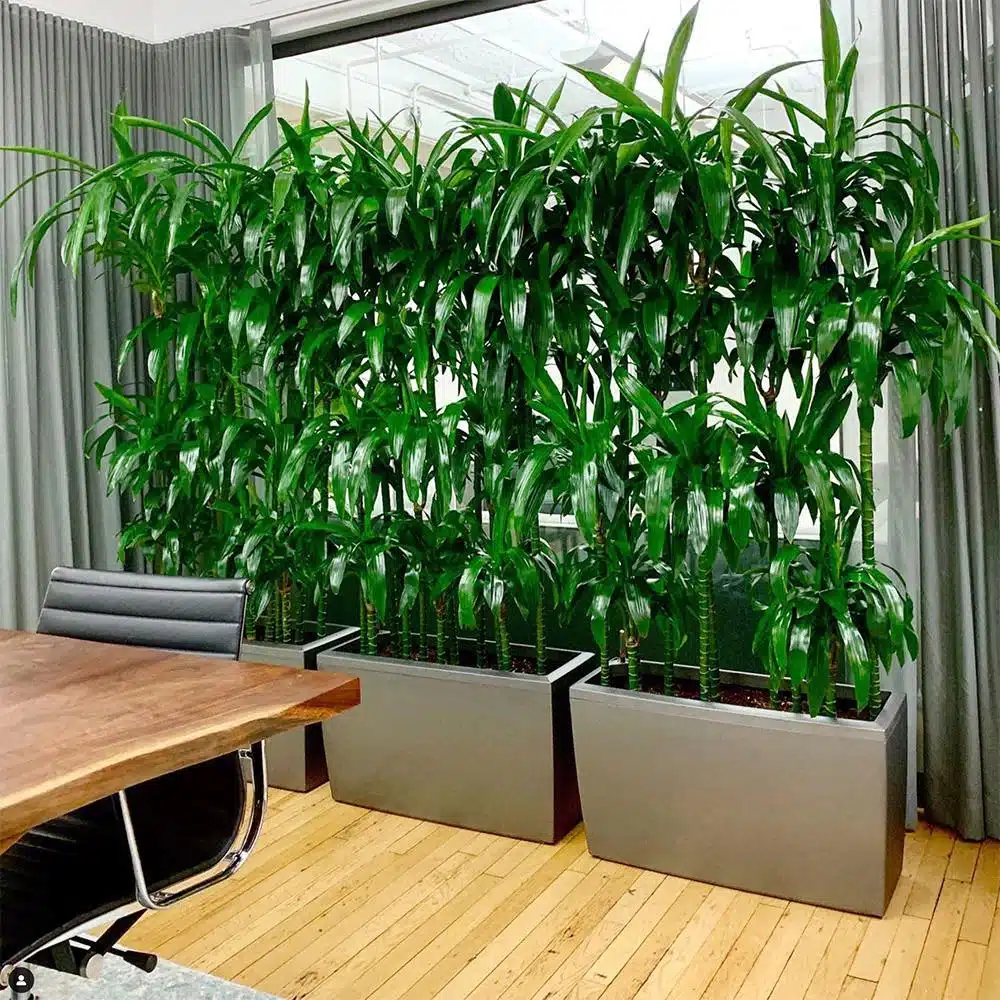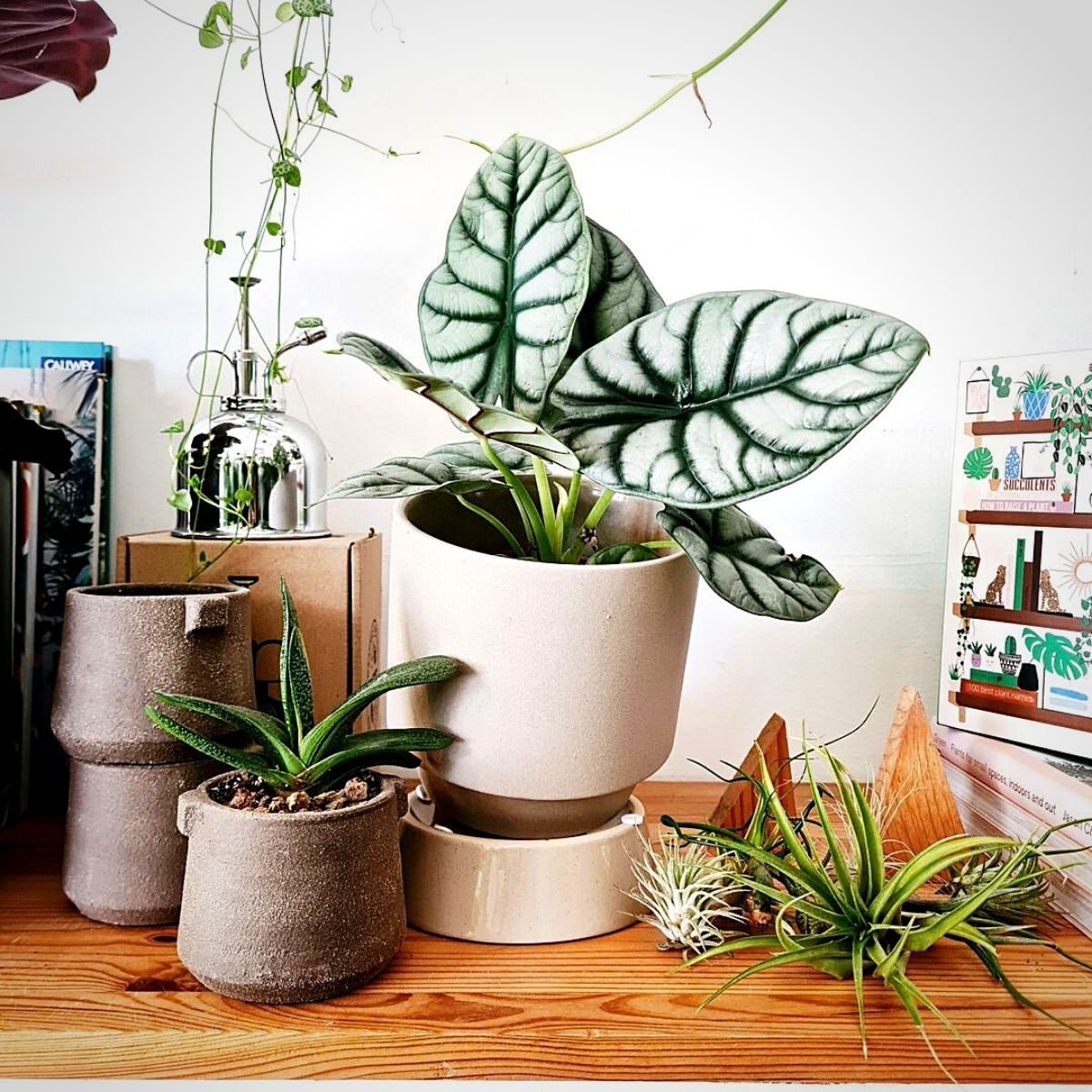How to Care for the Best Low-Light Indoor Plants in Any Environment
How to Care for the Best Low-Light Indoor Plants in Any Environment
Blog Article
Check Out the One-of-a-kind Advantages of Low-Light Indoor Plants for Your Living Area
Integrating low-light interior plants right into your home provides a wide variety of advantages that expand far beyond mere aesthetics. These hardy plants not only grow in settings with minimal sunshine yet additionally serve essential functions such as air purification and humidity enhancement. They can positively influence your mood and overall well-being while requiring minimal upkeep. As you take into consideration the transformative possibility of these plants, it ends up being vital to check out how their unique qualities can tailor your atmosphere to far better offer your way of living. What specific advantages might resonate most with your individual room?
Air Filtration Advantages
Low-light interior plants not only improve the aesthetic allure of living areas however also play a substantial function in air filtration. Research study has actually demonstrated that certain plant varieties can successfully remove usual indoor toxins, including benzene, trichloroethylene, and formaldehyde. These compounds usually originate from household products such as furnishings, cleaning items, and structure materials, adding to indoor air top quality issues.
Plants such as the snake plant, pothos, and tranquility lily are particularly skilled at filtering system hazardous compounds from the air while prospering in low-light problems. The process of phytoremediation, wherein plants absorb and metabolize toxins, allows these species to contribute substantially to a much healthier interior environment. Additionally, with photosynthesis, plants launch oxygen, better improving air top quality.
Incorporating low-light indoor plants into home or office areas not just gives visual benefits however additionally acts as a practical strategy for improving air quality. By choosing the ideal species, people can develop an environment that advertises health and reduces direct exposure to harmful contaminants, making these plants an essential element in modern-day interior living.

State Of Mind Enhancement Impacts
Various research studies have revealed that including interior plants can substantially improve mood and total psychological well-being. The visibility of plant in interior environments has been connected to minimized anxiety levels, increased sensations of peace, and improved psychological health and wellness. Low-light indoor plants, in particular, grow in settings where all-natural light is limited, making them excellent for different living spaces.
Study suggests that interacting with plants can boost the launch of serotonin, a neurotransmitter related to sensations of happiness and health. Additionally, the act of looking after plants promotes a feeling of obligation and accomplishment, more adding to positive mental health outcomes. Low-light plants such as serpent plants, pothos, and peace lilies have been revealed to improve air high quality, which is intrinsically linked to state of mind improvement.
Integrating these plants into your office or home can create a tranquil ambience, providing a aesthetic and sensory escape from the stress of day-to-day life - Best low-light indoor plants. As individuals invest increasing amounts of time inside your home, the mood-enhancing results of low-light interior plants become a lot more essential, offering not just visual allure yet Extra resources also a profound effect on psychological wellness
Reduced Upkeep Needs
For those seeking to enhance their indoor spaces without a considerable time dedication, low-light interior plants are an ideal option as a result of their reduced upkeep needs. These resistant plants grow in less-than-ideal lights problems, making them excellent for offices and homes where natural sunlight is limited.

Pest resistance is one more benefit of low-light interior plants. Numerous varieties are much less prone to common pests, reducing the demand for continuous monitoring and treatment. These plants generally expand more gradually than their high-light counterparts, indicating less regular repotting and trimming are required.
Aesthetic Charm and Convenience

Furthermore, these plants can be organized in myriad ways, whether in teams for a lavish impact or as standalone functions to draw the eye. The selections of planter designs-- from smooth ceramic pots to rustic wooden containers-- further boost their visual value, enabling house owners to reveal their personal design.
Additionally, low-light plants can be tactically placed in locations that may or else really feel overlooked, such as edges or poorly lit shelves, thus optimizing their attractive potential. Inevitably, the combination of their striking appearance and convenience makes low-light indoor plants a valuable enhancement to any kind of living area, creating a welcoming atmosphere that advertises well-being and leisure.
Improved Moisture Levels
Enhancing interior humidity levels is just one of the considerable benefits of integrating low-light indoor plants into living rooms. These plants naturally launch moisture vapor with a procedure referred to as transpiration, which takes place when water taken in by the origins moves with the plant and vaporizes from the leaves. This process not just increases moisture but likewise adds to a healthier indoor setting.
Improved moisture levels can ease various health and wellness concerns, such as dry skin, breathing troubles, and allergic reactions. Lots of individuals experience discomfort in dry interior conditions, especially throughout winter months when heating unit remain in use. By strategically putting low-light plants throughout your home, you can develop an extra balanced humidity level that promotes total well-being.
Furthermore, specific low-light indoor plants, like peace lilies and spider plants, are particularly effective at raising moisture (Best low-light indoor plants). Hence, low-light interior plants offer both practical and aesthetic objectives, advertising a much healthier environment.
Conclusion
In summary, low-light indoor plants provide countless benefits that add to a healthier and much more welcoming living space. Including these durable plants right into indoor settings not just boosts the ambiance however additionally advertises overall wellness, developing a tranquil shelter for residents.
Plants such as the serpent plant, pothos, and tranquility lily are especially experienced at filtering system dangerous compounds from the air while prospering in low-light problems. Low-light plants such as snake browse around here plants, pothos, and peace lilies have actually been revealed to improve air high quality, which is fundamentally connected to mood enhancement.
Low-light indoor plants, such as snake plants, pothos, and ZZ plants, not only enhance the aesthetic landscape of an area but likewise introduce various structures and shades of environment-friendly that can match diverse indoor designs. These plants naturally launch dampness vapor with a procedure known as transpiration, which takes place when water taken in by the roots relocates with the plant and vaporizes from the fallen leaves.Moreover, certain low-light interior plants, like tranquility lilies and crawler plants, are especially efficient at enhancing humidity.
Report this page